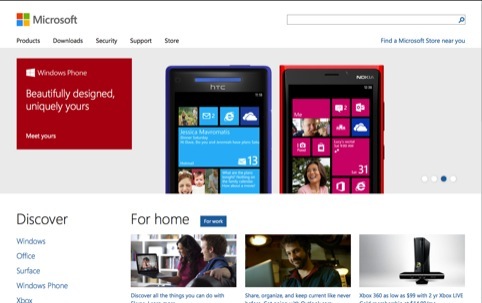Paula Scher speaks from Design Indaba
Pentagram partner Paula Scher kicked off the 2013 Design Indaba in Cape Town, with a presentation that touched on finding inspiration, dealing with bad briefs, and how to stay fresh when working with long-term clients. Afterwards, she spoke to Design Week to expand some of the issues. This is an edited version of the conversation.
On overcoming insurmountable problems

Well, I’m an optimist. Also, you have to set different goals for different projects. For example, there are milieus where everything starts terribly, and you can make these incremental differences, and that has a huge effect. The goal is always to raise the expectation of what design can do.
On managing expectations

When I’m working on identity projects there’s this weird thing that I can’t quite understand, the problem is always between phase two and phase three of the project.
Phase one is where you know exactly what the design is going to look like – if it’s an identity you’ve developed the logo, you’ve developed the critical parts and you’ve usually involved the president of the organisation and gotten approval to go on to step two. Everybody’s so excited to see that the design happen because they’ve talked about it for so long.
And then you begin to go into phase two – phase two is going round talking to the organisation, whatever it is, talking to everybody who is going to make it, use it, whatever and you begin to make design interventions – for example making a business card. And you’d be amazed how many people see a business card design in phase one when there’s a logo, a layout and no name, and then when they see their name on it, it changes the whole thing. It starts to become real and it’s really scary and that’s when the pushback starts.
And also at that stage I have moved from being a consultant to being a vendor, which is about the worst sort of possible relationship you can have. Getting through that is really tough, sometimes I think it would be fabulous to walk away from a project at that stage, but you have to have this adherence, to drive this project through
On the legacy of her work

I have to say that the record industry was so fantastic, I was so charmed by it [Scher started her career as a graphic designer for Atlantic and CBS Records]. I was a little girl and I had a great job, I was 24 up to 26 years old. Now I go into record stores all over the world – I go around there sometimes, to buy back my portfolio. So that work is so long-lasting, but a major corporate identity could be dead in 12 years.
On handing work over
[Scher’s presentation touched on her work for Microsoft, for which she created design principles which were developed by the client and Wolff Olins].
I feel great about it. I like Microsoft as a client. These tech companies are really wonderful I mean they invent things, their spirit is right, and Microsoft, for example permeates our lives.
So the problem with Microsoft was that it’s not like Apple which is like just one line – an iPhone and iPad an iPad – Microsoft had a whole range, and trying to get them to line up and behave was almost impossible.
The solution was a perspective – it’s simple, I mean it can’t make shadows, there are no drop shadows, it’s pretty much black colour, but the depth is the form of it, the perspective of it.
I actually thought it was going to die out – I was pleased when the Microsoft logos came out on the box, there was a perspective there, they’d got it, they’d played with it. And by that stage there was nobody driving the process, and they’d already paid me for it.
On seeing her work going public

Before the Windows identity launched it was leaked on a Chinese website, but on the image you couldn’t see the scale of it and the website had found a piece that was put on a piece of technology, so it wasn’t a flat application. Then this was picked it up and it was all over the world getting trashed. Then when the full programme was actually launched it instantly changed the whole perception, and I was lucky because the client was spectacular and really got it.
The thing I’ve learned from this process is that you can really walk away from something sometimes and let it have its own effect and enter the place where it will find the right level, which I hadn’t really experienced before so it was sort of fascinating.
-
Post a comment




